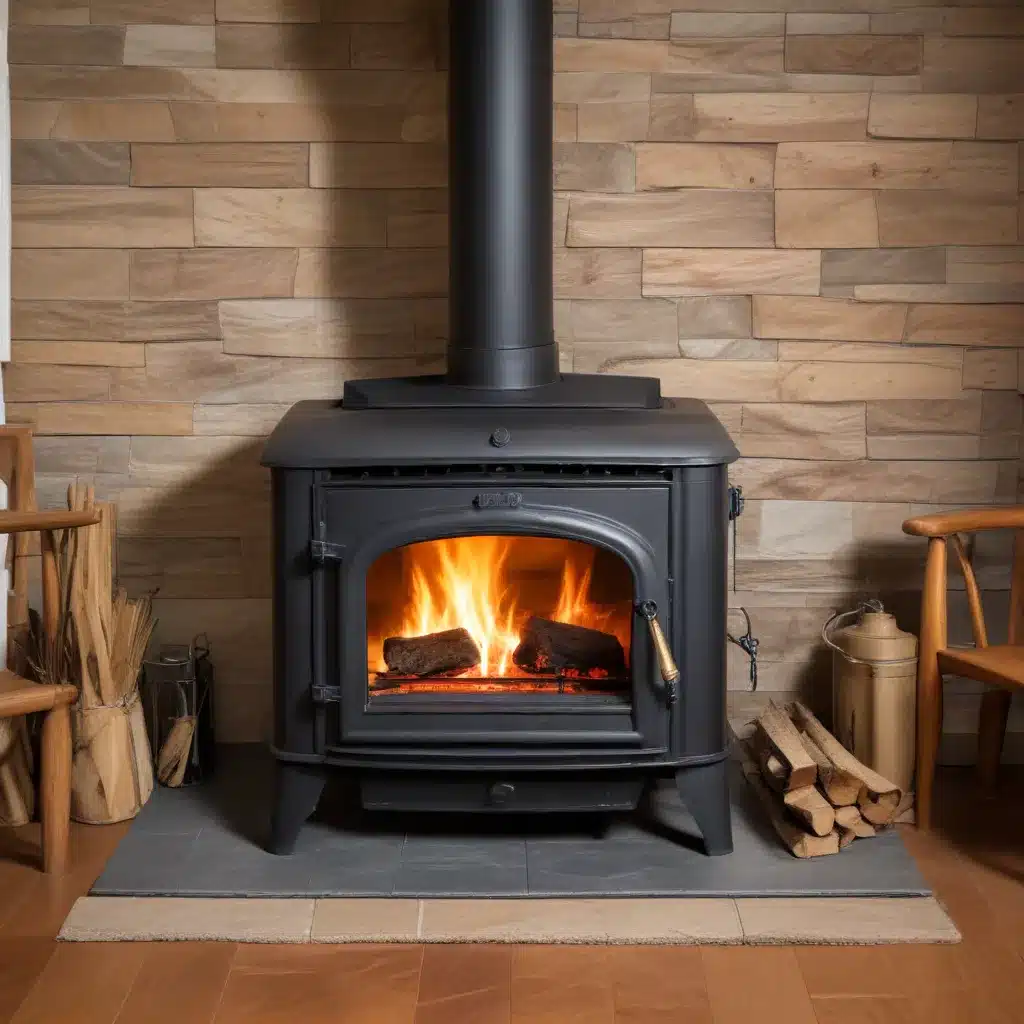
Understanding the Dangers of Carbon Monoxide
Wood-burning stoves have long been a popular choice for heating homes, offering unparalleled comfort and warmth. However, the use of these stoves also comes with the potential risk of carbon monoxide (CO) exposure, a colorless and odorless gas that can be extremely dangerous if inhaled in high concentrations.
Carbon monoxide is a significant threat because it binds to the hemoglobin in the blood, reducing its ability to transport oxygen effectively. This can lead to oxygen deprivation and, in severe cases, carbon monoxide poisoning. The gas can accumulate in poorly ventilated indoor spaces, posing a severe risk to occupants.
Even low levels of carbon monoxide exposure can result in long-term health issues, making it crucial for wood stove users to be aware of the signs of poisoning. Headaches, dizziness, nausea, vomiting, excessive tiredness, confusion, and difficulty concentrating are all common symptoms that can indicate the presence of this hazardous gas. If these symptoms are experienced while using a wood-burning stove, it is essential to immediately ventilate the area, seek fresh air, and consult a medical professional.
Preventive Strategies for Wood Stove Safety
Fortunately, there are several straightforward strategies that can help minimize the risk of carbon monoxide buildup and ensure the safe operation of a wood-burning stove. By following these best practices, homeowners can enjoy the warmth and comfort of their wood stove while prioritizing their safety.
Proper Stove and Chimney Maintenance
Regular maintenance is a crucial aspect of wood stove safety. Cleaning the stove and its flue system helps prevent the buildup of creosote, a highly flammable substance that can release carbon monoxide and lead to chimney fires. Homeowners should regularly remove ash (leaving about an inch in the base) and debris from the stove’s interior, including the firebox, grate, and ash pan, using a metal scoop or shovel designed for this purpose. Ashes should be disposed of in a metal container placed away from flammable materials.
Additionally, maintaining a clean chimney and flue is essential. Scheduling annual professional inspections and cleanings can ensure that the flue is clear, reducing the risk of carbon monoxide buildup. During these inspections, a qualified technician will check for any cracks, leaks, or damage that could result in the escape of carbon monoxide, as well as ensure that there are no blockages or obstructions in the chimney, such as nests or debris. They will also assess the combustion efficiency of the wood-burning stove to ensure it is operating at an optimal level, minimizing the production of carbon monoxide.
Proper Ventilation and Air Circulation
Adequate ventilation is crucial for minimizing the risk of carbon monoxide buildup. Ensure that the wood-burning stove is installed in a well-ventilated area and that the home has a sufficient fresh air intake. Keep air vents unobstructed and consider installing a vent fan to improve air circulation throughout the living space.
Carbon Monoxide Alarm Installation
Installing a carbon monoxide alarm is a critical safety measure for any home with a wood-burning stove. These alarms can detect the presence of carbon monoxide gas and alert occupants, allowing for swift action. Homeowners should install carbon monoxide alarms on each level of their home and near sleeping areas, following the manufacturer’s instructions for proper placement. Regularly testing the alarms is also essential to ensure they are functioning correctly.
Proper Fuel Selection
Using the correct fuel is paramount for the safe operation of a wood-burning stove. Burn only seasoned hardwood that has been properly dried, as it burns more efficiently, produces less smoke, and reduces the risk of carbon monoxide emissions. Avoid burning treated or painted wood, as these materials can release toxic chemicals when burned, including carbon monoxide.
Monitoring and Maintaining Safety Practices
Homeowners should remain vigilant in their monitoring and maintenance of wood-burning stoves. This includes regularly checking for any signs of wear or damage, ensuring that the stove is operating as intended, and keeping a close eye on the fire to prevent any unexpected issues. Additionally, educating all household members on the importance of wood stove safety and the proper procedures for operation can help ensure the well-being of everyone in the home.
Transitioning to Safer Heating Solutions
While wood-burning stoves can be an efficient and cost-effective heating source, the risks associated with carbon monoxide exposure may lead some homeowners to consider alternative heating solutions. Transitioning to central heating, for example, can significantly reduce the fire hazards associated with space heaters and localized heating sources, as the heat production is centralized and the risk of direct contact with flammable materials is minimized.
Although the initial investment for a central heating system may be higher, the long-term benefits of enhanced safety and the potential reduction in fire-related damages can make it a worthwhile consideration. Homeowners should carefully evaluate their heating needs, budget, and the overall safety of their home environment when making this decision.
Conclusion
Wood-burning stoves can provide cozy warmth and ambiance, but it is essential to prioritize safety when using these heating appliances. By understanding the dangers of carbon monoxide, implementing preventive strategies, and being vigilant in monitoring and maintaining wood stove operations, homeowners can enjoy the benefits of wood heat while safeguarding their families and homes.
Remember, the key to enhancing wood stove safety lies in regular maintenance, proper ventilation, and the installation of reliable carbon monoxide alarms. By taking these proactive measures, you can rest assured that your wood-burning stove will continue to serve as a reliable and safe heating source for your home.
For more information on wood stove safety, energy-efficient heating solutions, and expert guidance on maintaining your home’s heating systems, visit https://woodstoveheaters.com/. Our team of seasoned experts is dedicated to providing the resources and support you need to stay warm and secure all year round.


